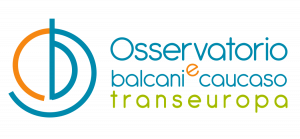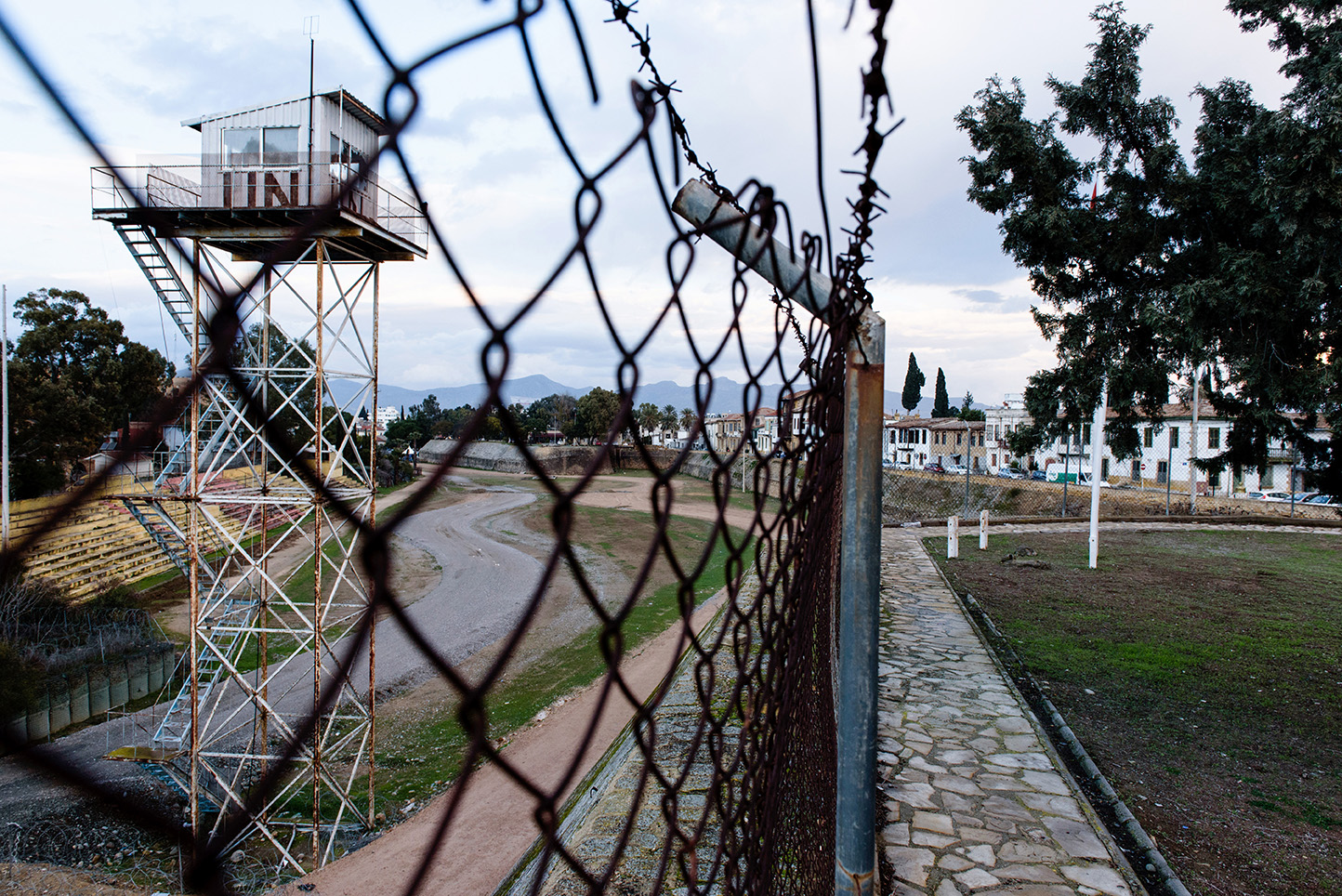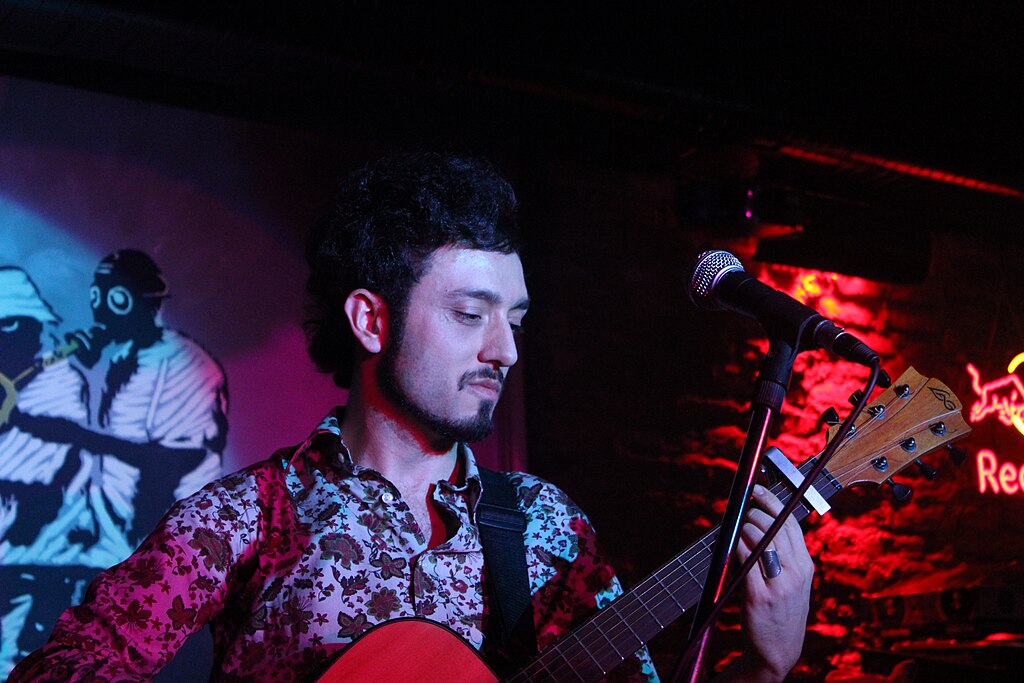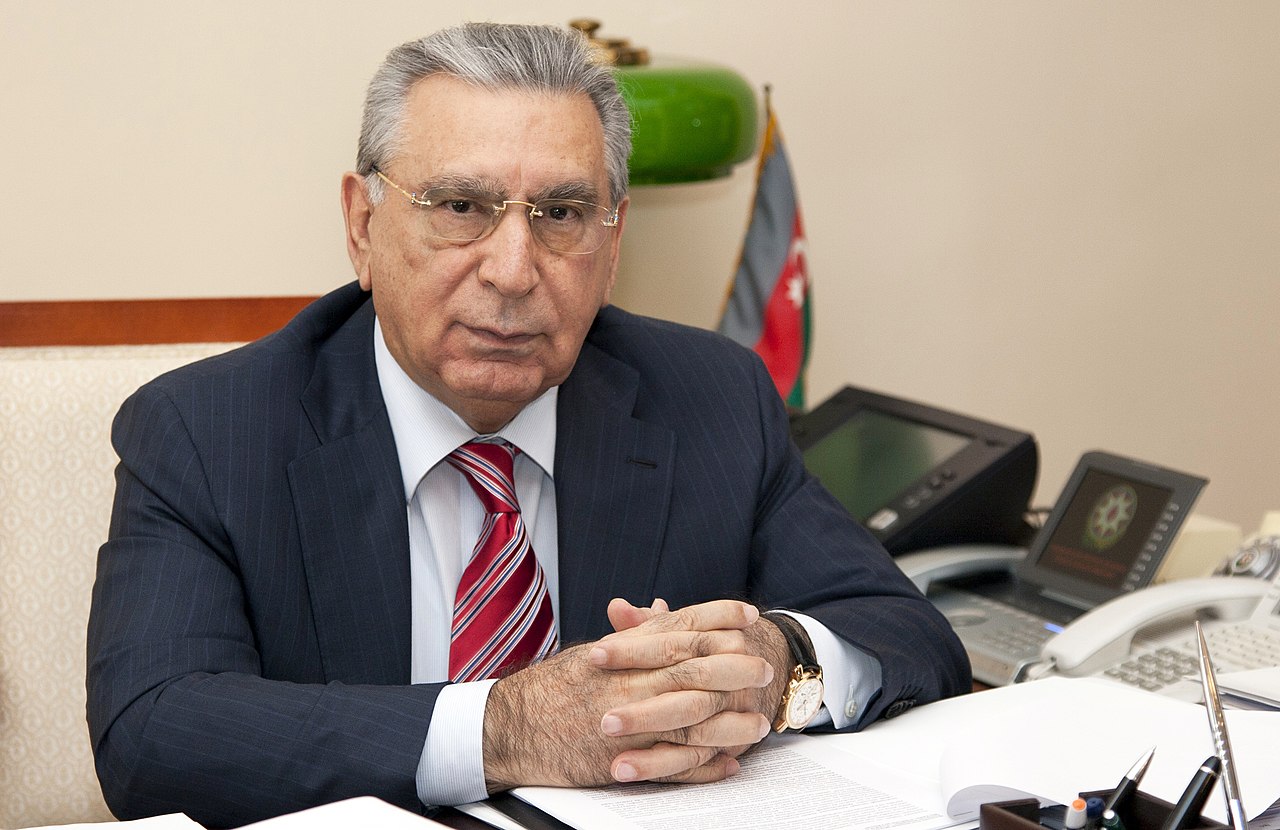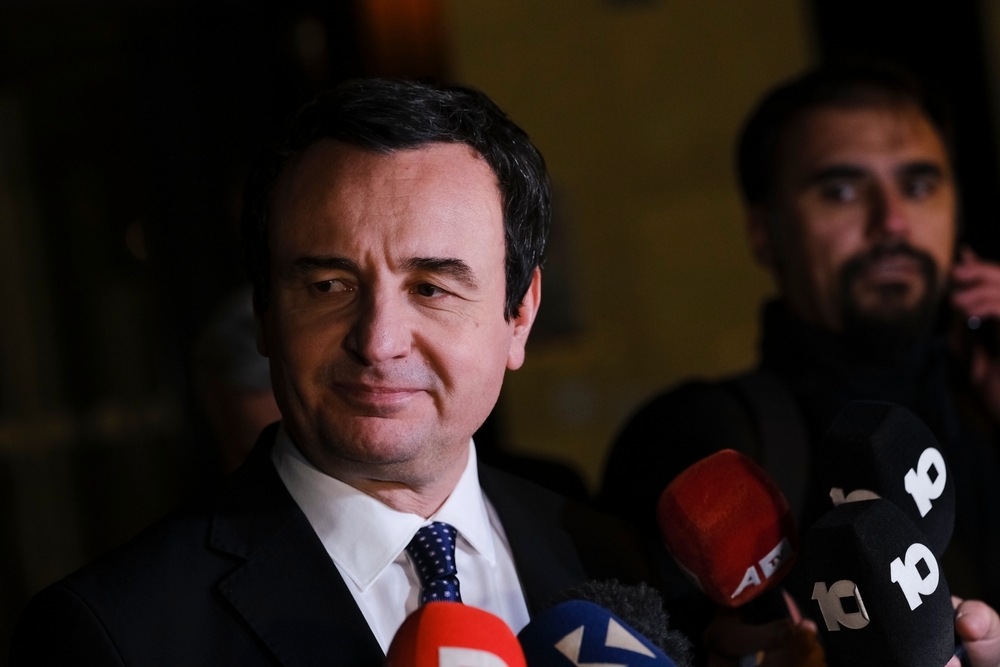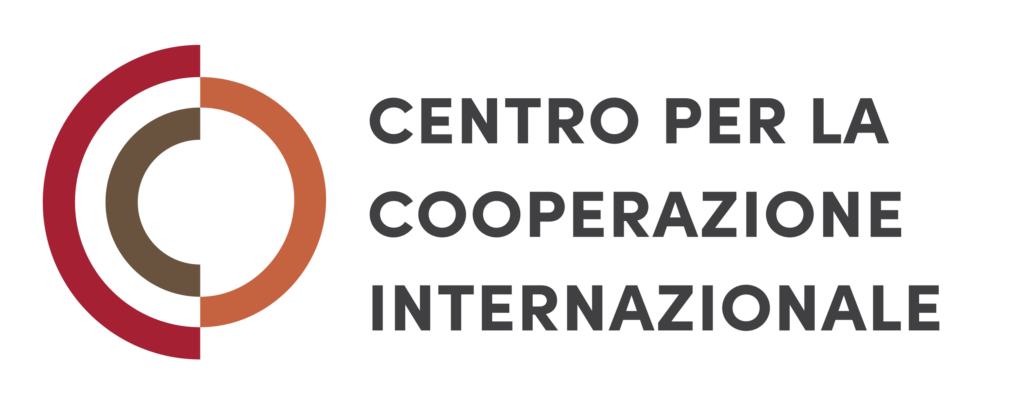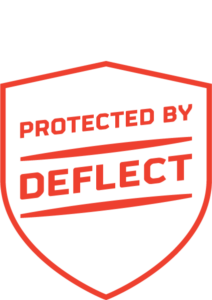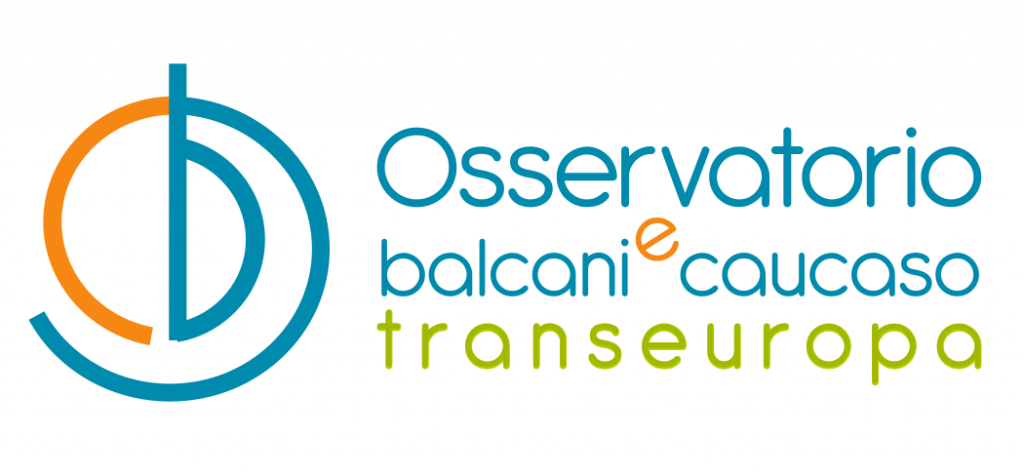Fisheries management in the Adriatic: a virtuous example of cross-border cooperation
To protect the marine ecosystems of the Adriatic, concrete policies are needed, shared by all the countries bordering this sea. Often, these results are achieved thanks to bottom-up transnational cooperation initiatives. An interview
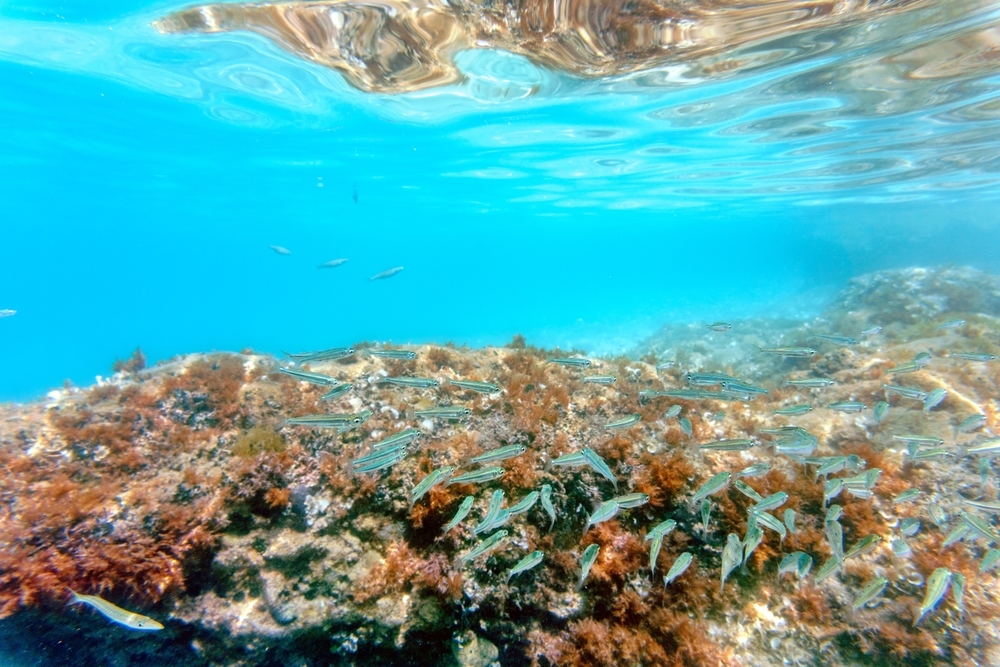
Fisheries-management-in-the-Adriatic-a-virtuous-example-of-cross-border-cooperation
Fish in the Adriatic Sea © BSG_1974/ Shutterstock
The Adriatic Sea is home to a natural heritage of immense value that is now under increasing pressure: in addition to the effects of climate change and pollution, intensive fishing, particularly illegal and trawling, is seriously compromising marine ecosystems, leading to a rapid decline in biodiversity.
To address this situation, in 2016 the organisation MedReAct , which works to protect marine biodiversity, launched the Adriatic Recovery Project and promoted the creation of a transnational coalition bringing together environmental organisations and research centres, to promote the establishment of a Fisheries Restricted Area (FRA), i.e. an area where fishing is prohibited or severely restricted, initially in the Pomo pit between Italy and Croatia.
To learn more about this initiative and what followed in the southern Adriatic area, namely in the Strait of Otranto, we gathered the testimony of Domitilla Senni of MedReAct as an example of transnational collaboration that contributes to the adoption of virtuous environmental protection practices.
How did your work to protect fishing in the Adriatic Sea come about?
First of all, it should be noted that fishing is often a source of conflict between states that share the same basin. In the Adriatic, the Italians took the lion’s share for many years, until Slovenia and Croatia joined the European Union and their fleets began to make their presence felt, especially Croatia’s. In recent years, Albania, which is still in the process of joining, has also begun to invest in fishing and has gradually become competitive.
Since 2016, the European Commission has promoted fisheries management measures throughout the Mediterranean, where there is a major problem of overfishing and illegal fishing. The Commission has begun to take timely action, and I must say that it is also thanks to this commitment that important results have been achieved.
We joined this effort in 2016 as an environmental organisation working to protect the most vulnerable marine ecosystems.
How did your work on the Pomo pit begin?
In 2015, Italy and Croatia reached a bilateral agreement to close a central area of the Pomo pit to trawling by both countries, initially for one year. At the end of that year, Italy decided to reopen the protected area to trawling without Croatia’s consent, effectively losing the benefits that were beginning to materialise in terms of biological resources. Croatia reacted badly to this unilateral Italian initiative, and relations froze.
At that point, we intervened, addressing the General Fisheries Commission for the Mediterranean (GFCM), the FAO body that manages fish stocks throughout the basin, both European and non-European.
We decided to submit a proposal for supranational protection because this would allow the discussion to be extended to all countries operating in the Adriatic basin.
Our proposal to create a restricted fishing zone was strongly supported by Croatia, and a new agreement was reached fairly quickly, breaking the deadlock between the two countries: Italy and Croatia adopted a twin decree defining the protected area and fishing restrictions.
The European Commission was also convinced of the merits of this proposal, and in 2017, the European Union proposed a decision to the GFCM that mirrored and reinforced the decrees of Italy and Croatia. The proposal was adopted by the GFCM, which established the first FRA in the Adriatic, initially for three years. In May 2021, given the extraordinary results that this area began to produce – it was the first area of its kind to benefit from scientific monitoring – they decided to make it permanent. The decision was considered historic.
This also greatly improved relations between the two countries in terms of bilateral cooperation, thanks in particular to the monitoring programme conducted by researchers from both sides.
Who contributed to this initiative?
We worked together with the Polytechnic University of Marche, some Italian NGOs and WWF Adria on the Croatian side. In 2018, as part of the same project, the Adriatic Recovery Project, we presented a similar proposal for the protection of the Strait of Otranto. In that case, however, we encountered a lot of resistance, mainly from the Italian side but also from the Albanian side, so it took six years to achieve a result. Finally, in 2024, the proposal was accepted by the GFCM, which established the FRA of Otranto , thanks to the commitment of the European Commission.
Do you collaborate with NGOs or local researchers in the Balkans?
In Albania, we worked with the University of Tirana, which carried out a survey for us on fishing in the country’s main ports. The problem is that there are not many NGOs specialising in fishing, especially deep-sea fishing. Furthermore, research at sea is expensive, and equipment is scarce in Albania.
Do you also liaise with regional institutions such as EUSAIR?
Not directly. Our work aims to convince national governments and the European Commission. Macro-regions can be useful for building consensus and sharing data, but the real decisions are made elsewhere, and our goal is to obtain binding decisions whose implementation will bring about a shift towards more sustainable management of the sea.
Is the fact that Albania is not a member of the EU an obstacle to this type of cross-border initiative?
It can be a weakness, because as a non-member country it is not subject to European fisheries regulations. However, Albania has made a great effort to bring its legislation in line with the rules it will have to implement when it joins the European Union, if that ever happens.
Is it correct to say that you are also contributing to their path towards European integration by supporting them in this process of regulatory harmonisation?
Indirectly, yes. Through this proposal, they have come into contact with organisations that have supported them from a technical point of view, in data collection and, more generally, in the management of their fleet.
What is your role today?
Following the establishment of the FRA, our task is to monitor that the planned protection measures are actually implemented and to publicise the results achieved.
In the Pomo Trench, for example, we are trying to publicise the success of this initiative as widely as possible: we have produced documentaries and campaigns to show the benefits of protection. If, on the other hand, we detect violations, we report the cases to the European Commission or the GFCM.
Are you working on any new proposals?
Yes, we are currently working on the northern Adriatic, between Chioggia and Istria. While we continue to struggle with Italy, Croatia fully supports these measures, understanding that they work and have a positive impact on the sea and the future of fishing.
This article was written as part of the project "Il contributo delle Comunità di Pratica per l’integrazione europea dei Balcani”, funded by the Ministry of Foreign Affairs and International Cooperation. The opinions expressed in this publication are those of the authors and do not necessarily represent the positions of the Ministry of Foreign Affairs and International Cooperation.
Tag: CoP-CET
